Modern micro living: Yves Béhar unveils robotic house Ori

These days, it seems bigger isn’t better — and with the unveiling of Ori, the intelligent, robotic house system designed by Fuseproject’s Yves Béhar – it’s further confirmation that slim is in.
Globally, as domestic spaces shrink and living costs rise, the sheer physical square footage of many homes has been reduced. Human needs – eating, sleeping, socialising and, more so these days, working from home – have, however, not followed suit. Founded as a MIT Media Lab CityHome spin-off, Ori offers a truly innovative approach to living; combining robotics, architecture and design.
Ori is a flexible solution, suited for small spaces, where, as Béhar details, 'a one room studio has the ability to become a bedroom, an office, a living room, or a closet, all with the touch of a button.' Think of Ori much like mechanical space-saving library stacks, but instead of only endless shelves of books, inside the unit is a standard-sized bed, dining table, kitchen counters, desk, walk-in closet and adjustable mood lighting — suited especially for the 300-square-feet or smaller apartment. The unit sizes have a few variations, depending on the house’s layout.
'Personally I am a big fan of micro living,' explains Béhar. 'I think it is a great way to make cities sustainable, and for people to align economic realities with the belief in living with less,' he adds. 'I think the convenience of the system is clear, but it also creates more financial value for the space, and that is important to maximise for developers as well as owners of the apartments.'
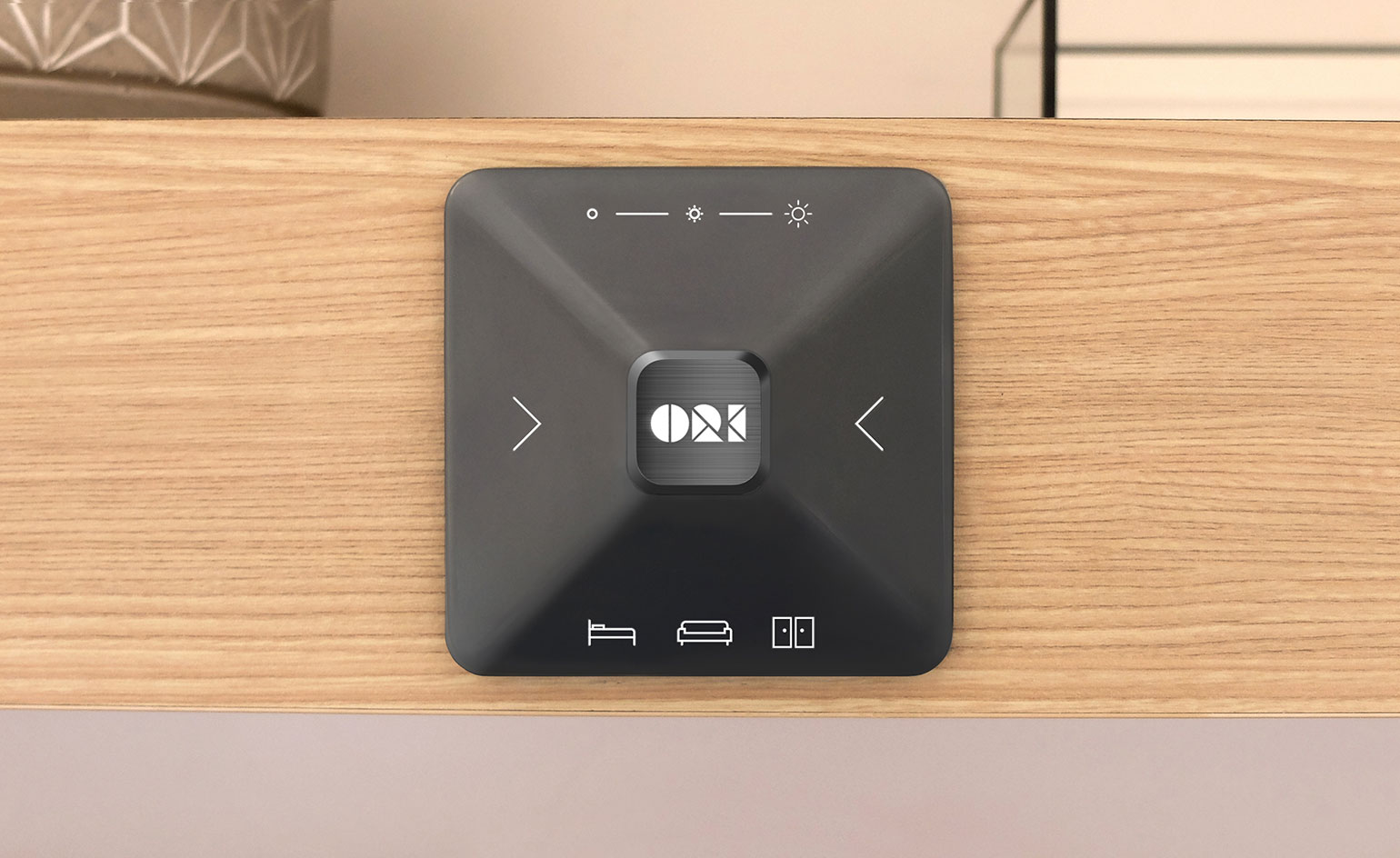
Founded as a MIT Media Lab CityHome spin-off, Ori offers a truly innovative approach to living; combining robotics, architecture and design
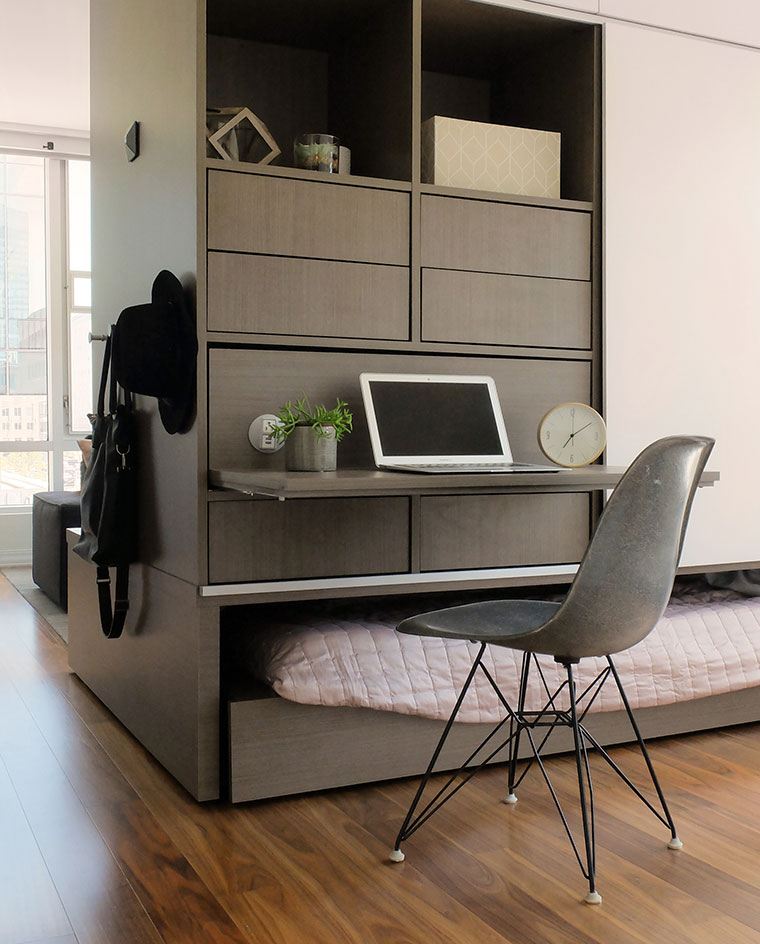
With Ori, a one room studio has the ability to become a bedroom, an office, a living room, or a closet, all with the touch of a button
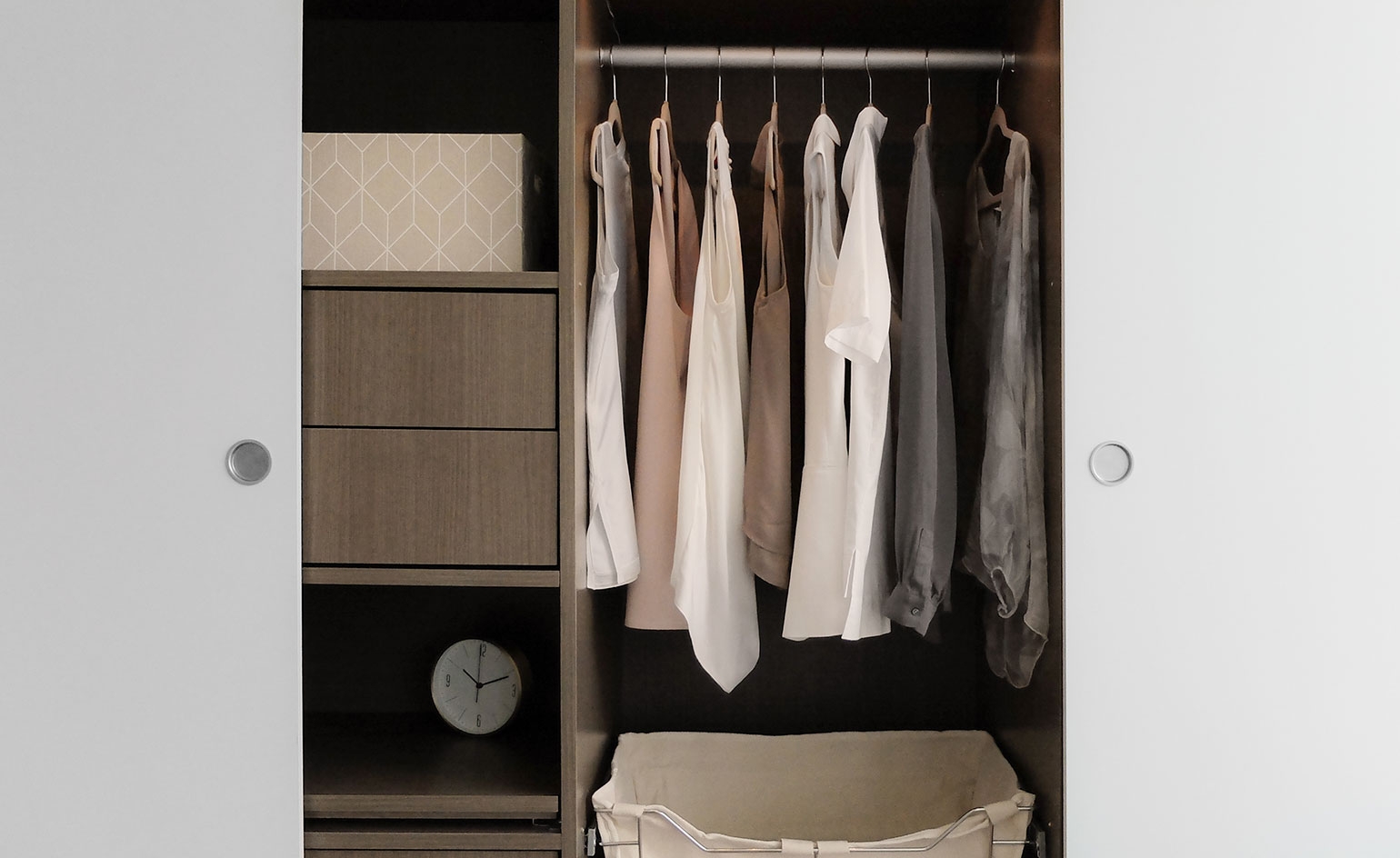
The unit sizes have a few variations, depending on the house’s layout, but all aim to maximise the use and function of space
INFORMATION
Photography/Videography/Animations: Courtesy of Fuseproject
Receive our daily digest of inspiration, escapism and design stories from around the world direct to your inbox.
Julie Baumgardner is an arts and culture writer, editor and journalist who's spent nearly 15 years covering all aspects of art, design, culture and travel. Julie's work has appeared in publications including Bloomberg, Cultured, Financial Times, New York magazine, The New York Times, Wall Street Journal, as well as Wallpaper*. She has also been interviewed for The Atlanta Journal-Constitution, Miami Herald, Observer, Vox, USA Today, as well as worked on publications with Rizzoli press and spoken at art fairs and conferences in the US, Middle East and Asia. Find her @juliewithab or juliebaumgardnerwriter.com
-
 This cult Los Angeles pop-up restaurant now has a permanent address
This cult Los Angeles pop-up restaurant now has a permanent addressChef Brian Baik’s Corridor 109 makes its permanent debut in Melrose Hill. No surprise, it's now one of the hardest tables in town to book
-
 French bistro restaurant Maset channels the ease of the Mediterranean in London
French bistro restaurant Maset channels the ease of the Mediterranean in LondonThis Marylebone restaurant is shaped by the coastal flavours, materials and rhythms of southern France
-
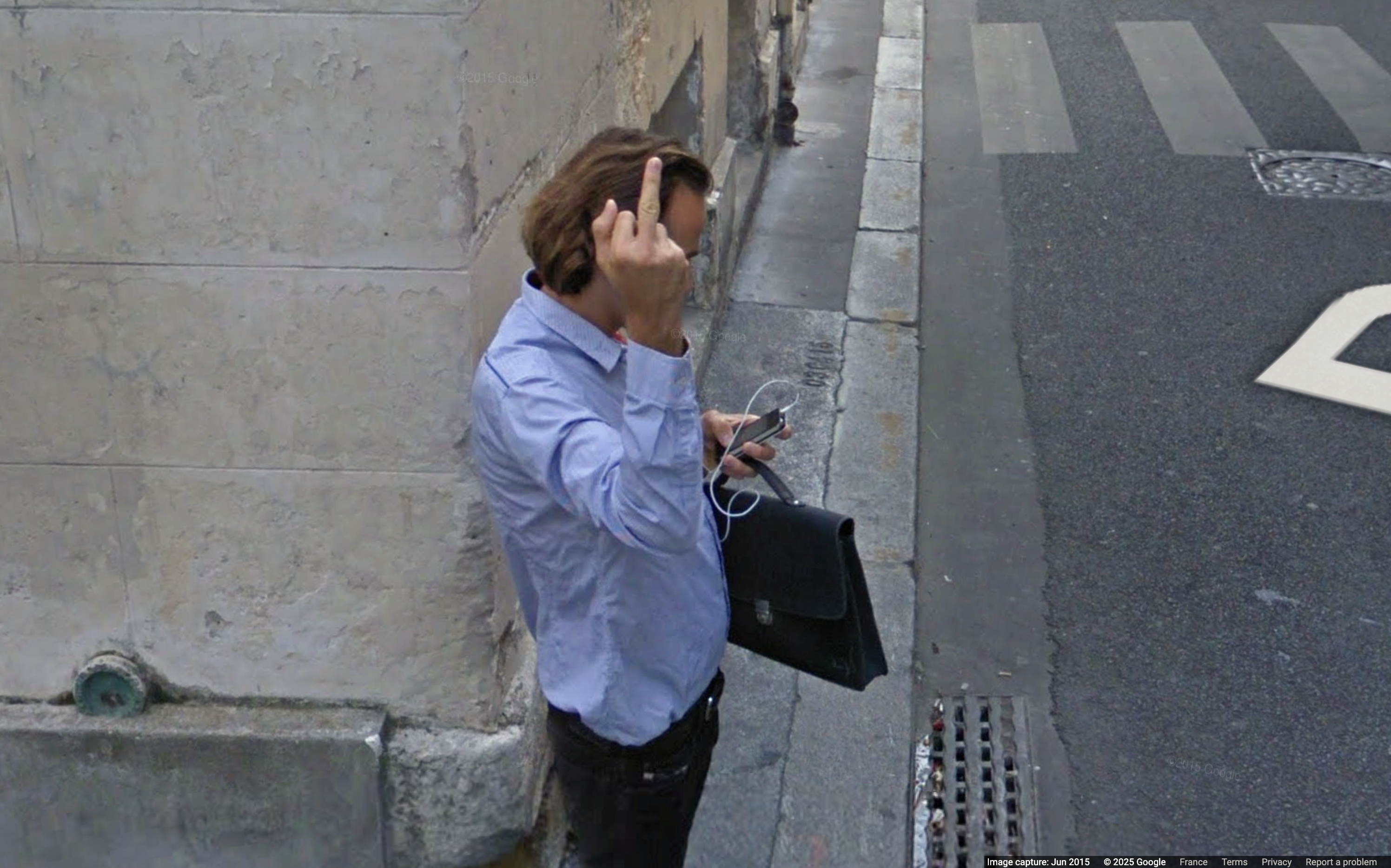 How ethical is Google Street View, asks Jon Rafman in Copenhagen
How ethical is Google Street View, asks Jon Rafman in CopenhagenIn 'Report a Concern - the Nine Eyes Archives' at Louisiana Museum of Art, Copenhagen, Jon Rafman considers technology's existential implications
-
 Yves Béhar designs prefabricated mini houses with LivingHomes
Yves Béhar designs prefabricated mini houses with LivingHomes -
 Yves Béhar turns to nature for elemental co-working space in San Francisco
Yves Béhar turns to nature for elemental co-working space in San Francisco -
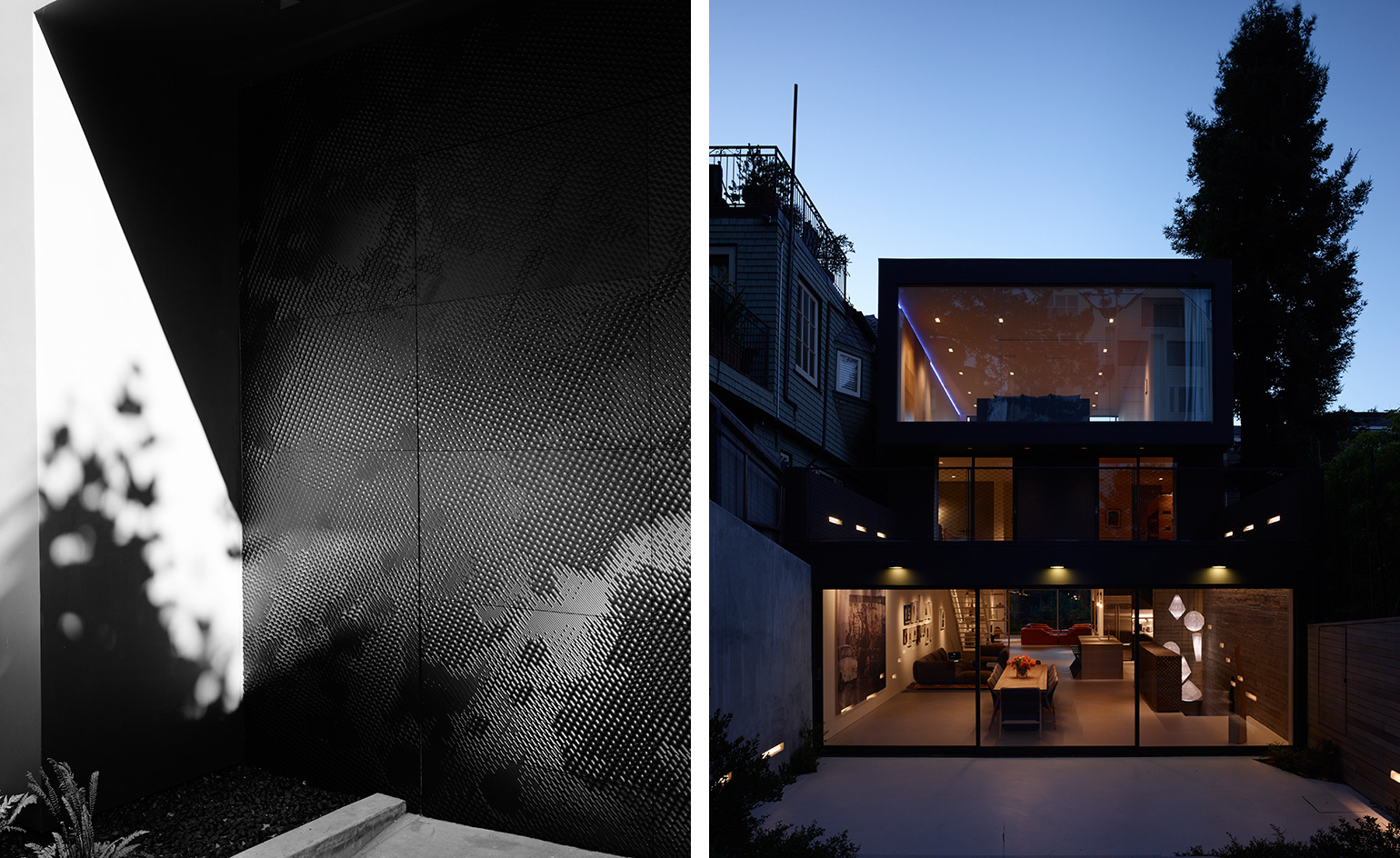 Storey teller: the design tale behind Yves Béhar’s Bay Area bolthole
Storey teller: the design tale behind Yves Béhar’s Bay Area bolthole -
 Under cover: Yves Béhar reveals concept for San Fran’s Canopy co-working space
Under cover: Yves Béhar reveals concept for San Fran’s Canopy co-working space -
 Gala night: the UCLA School of the Arts and Architecture celebrates 50 years
Gala night: the UCLA School of the Arts and Architecture celebrates 50 years